Reconciling Islamic Values and Secular Society: The Hijab and Qur'an
VerifiedAdded on 2023/01/18
|5
|790
|22
Essay
AI Summary
This essay examines the significance of the Qur'an as a holy book for Muslims, focusing on the practice of Hijab (veil) and its implications in a secular society. The essay explores the Islamic perspective on Hijab, emphasizing its importance for Muslim women and the cultural and religious values it represents. It then delves into the challenges and conflicts that arise when Islamic practices like Hijab intersect with secular laws and societal norms. The essay discusses the difficulties faced by Muslim women in maintaining their religious practices while navigating secular environments, including issues of discrimination, legal restrictions, and ethical considerations. It also analyzes the complexities of reconciling differing values, such as the emphasis on religious freedom versus the principles of equality and secularism. Furthermore, the essay highlights the debate surrounding the use of Hijab, including its impact on women's safety and the broader implications for law and policy, offering insights into the ongoing discussions about religious freedom, cultural identity, and societal integration.
1 out of 5
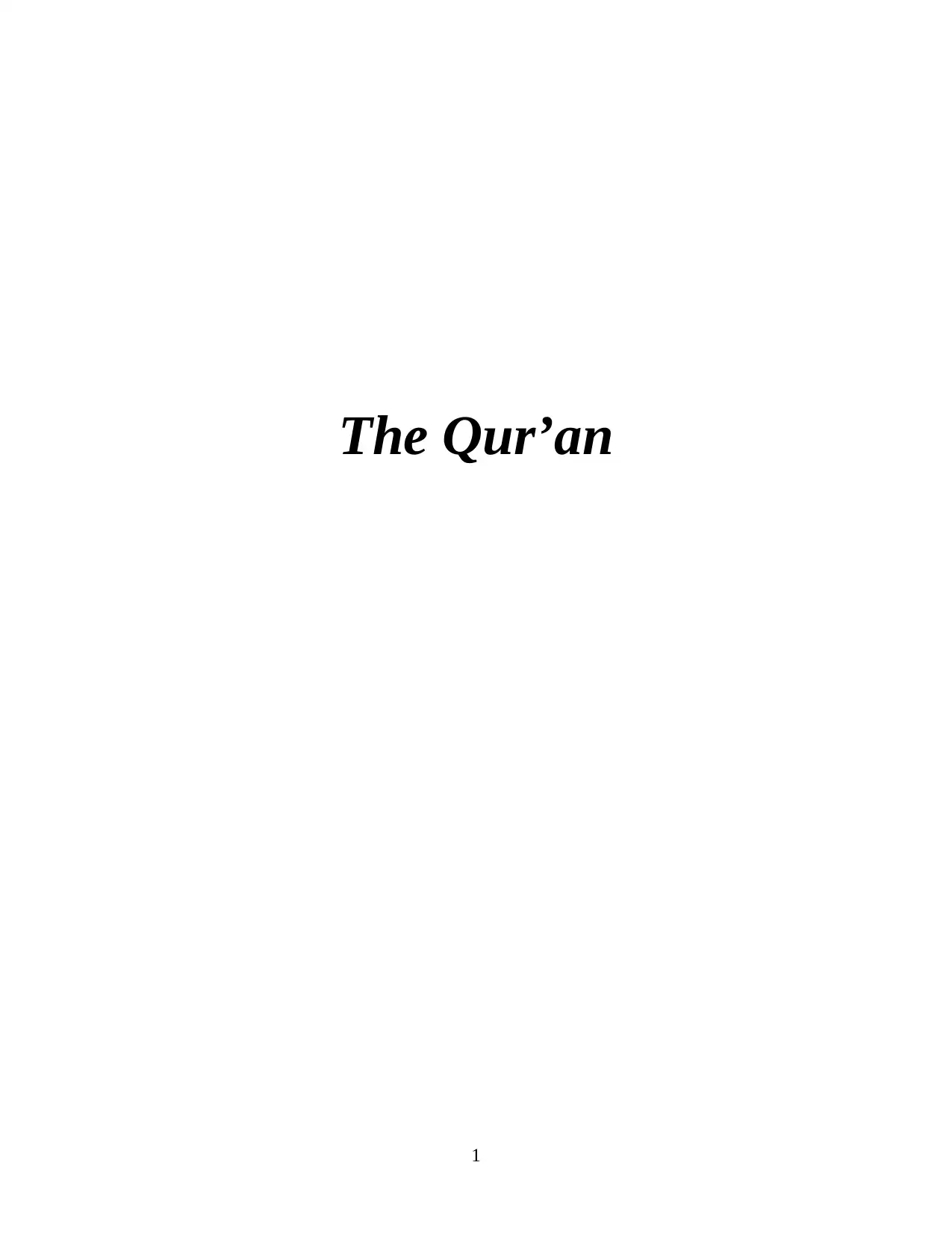
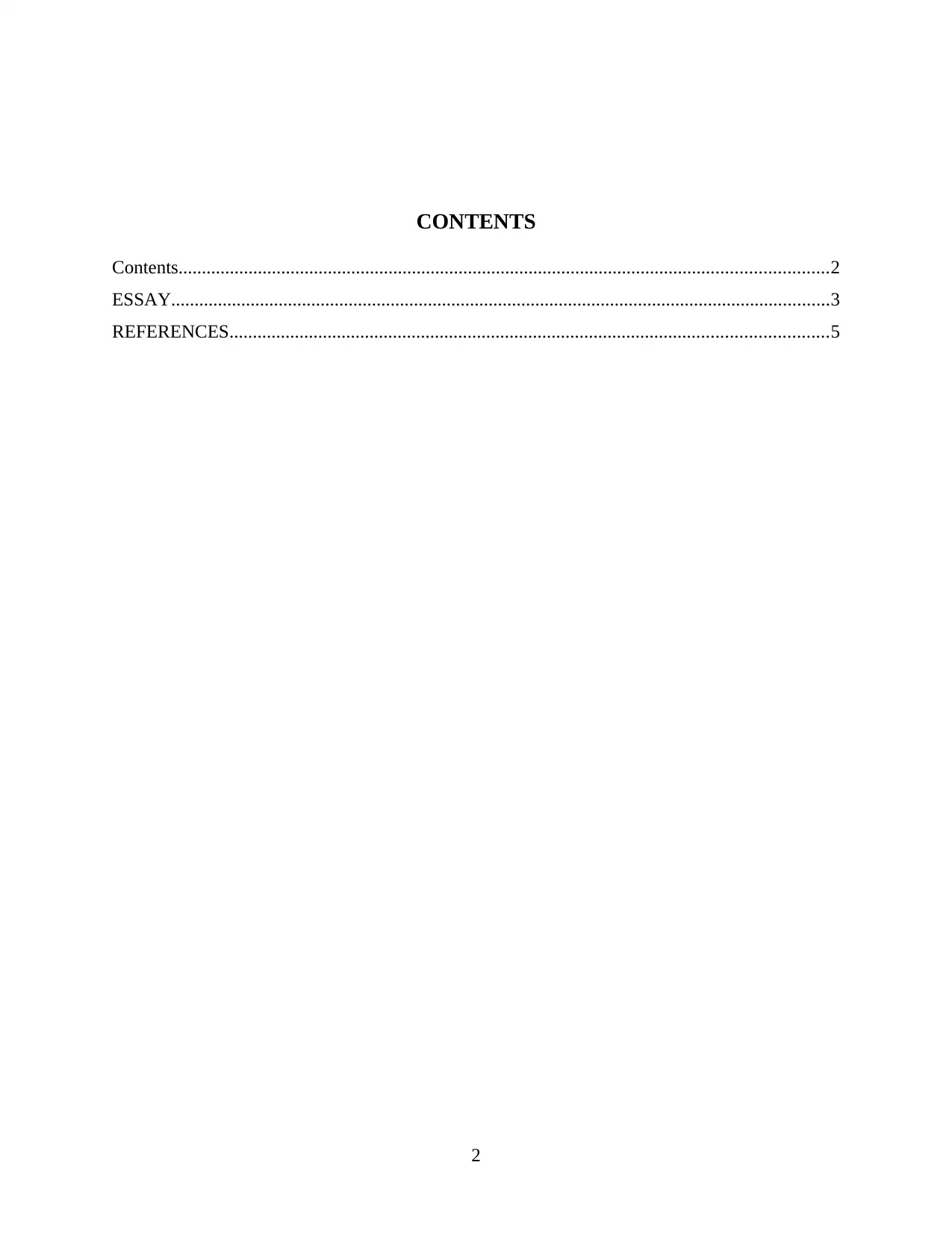
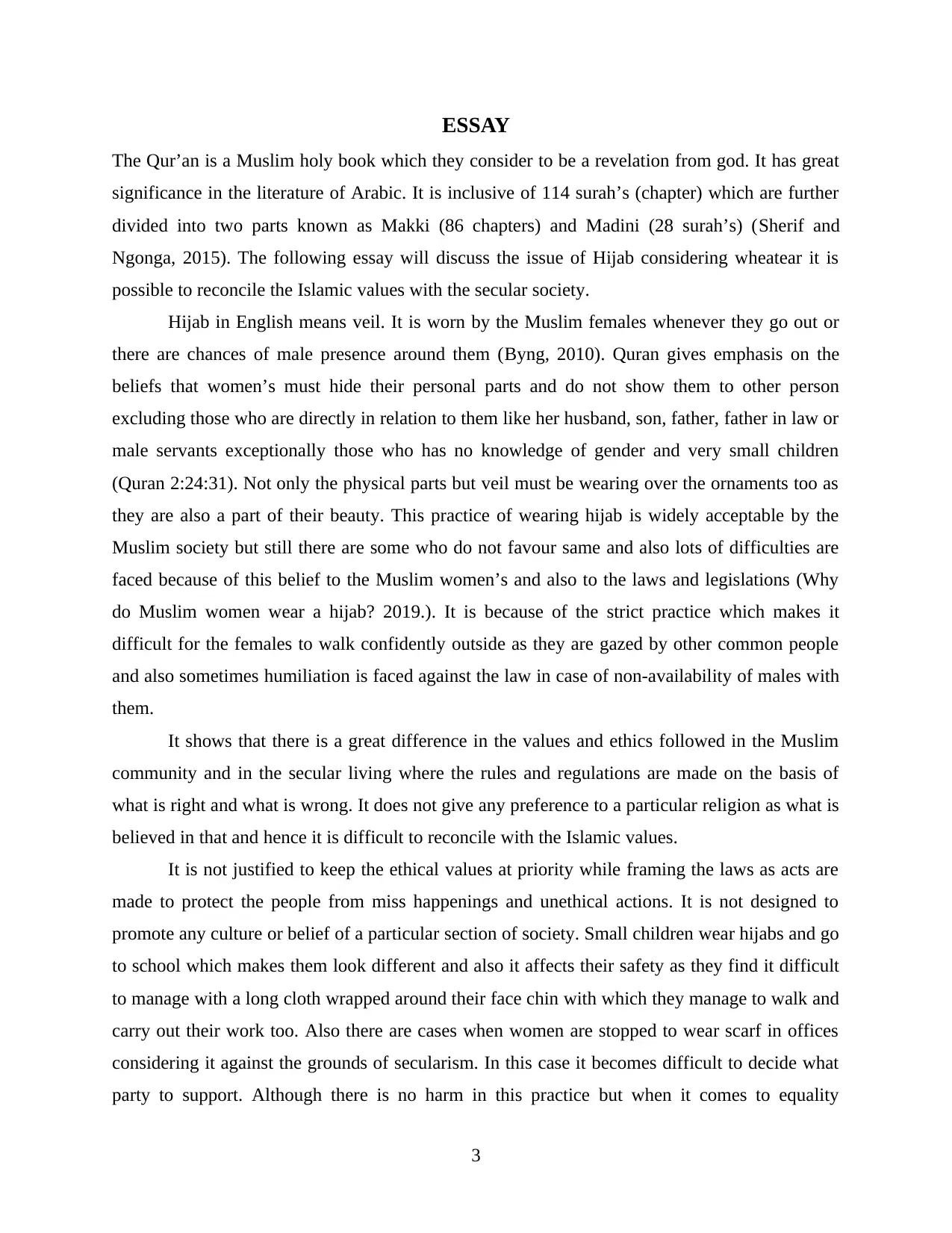

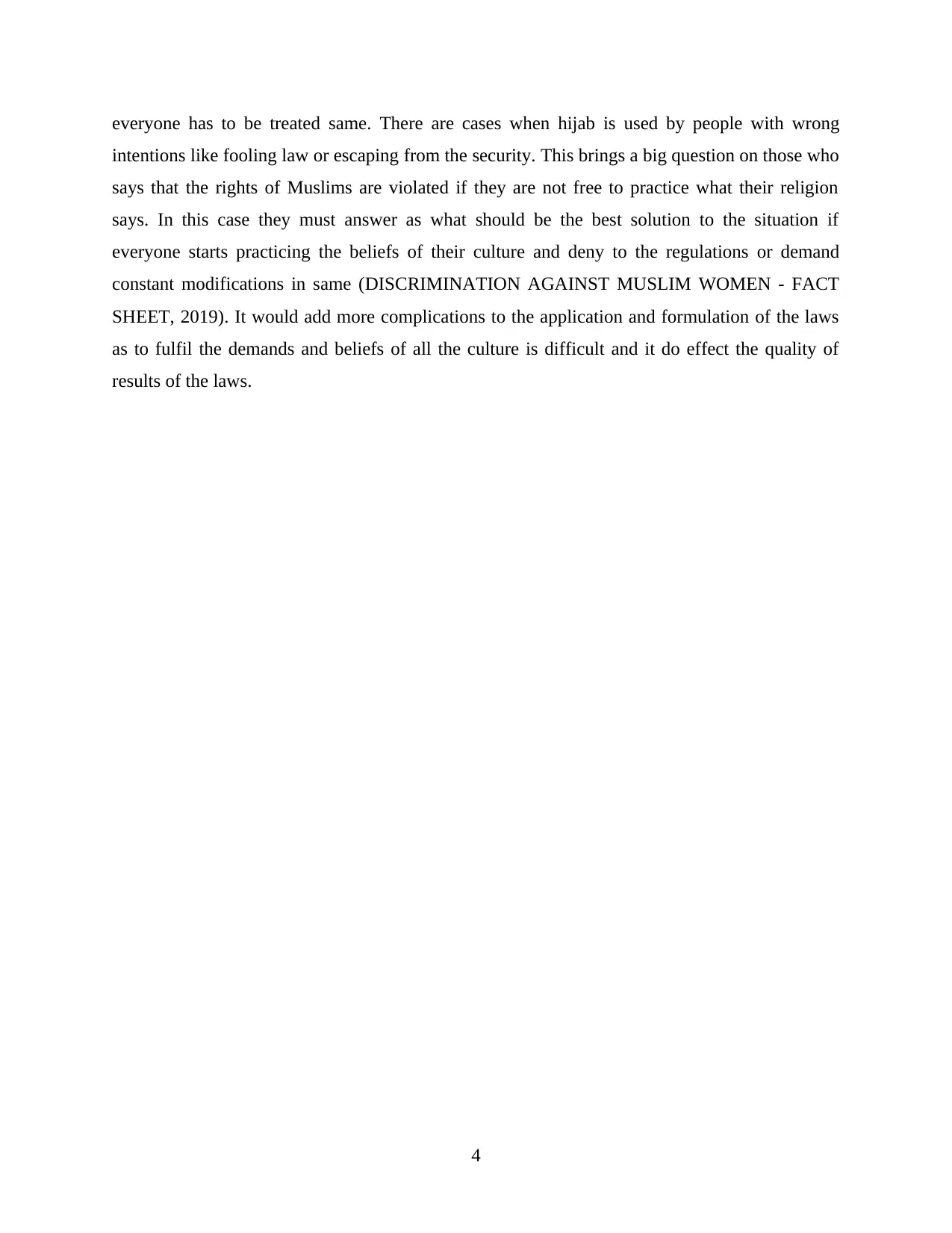
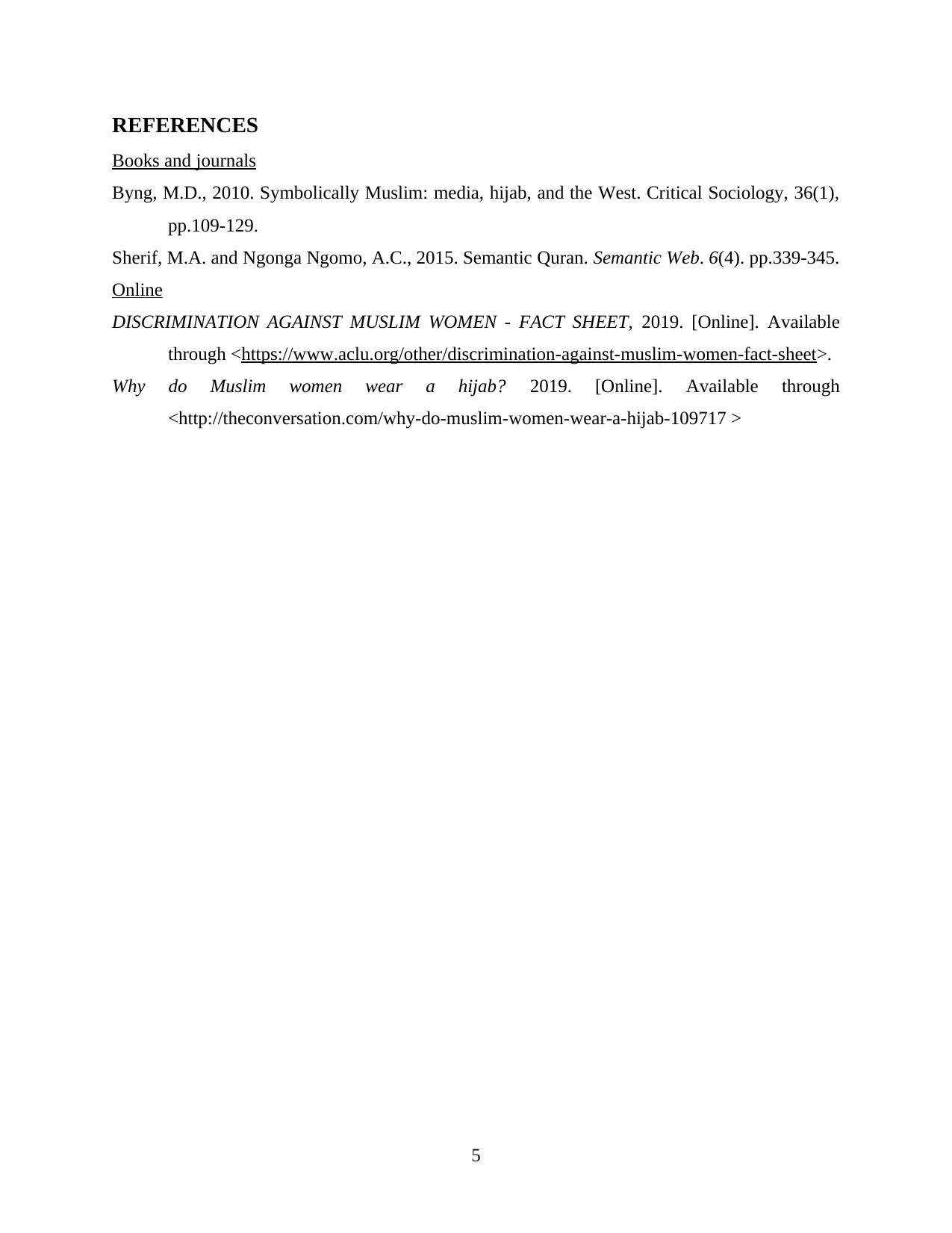






![[object Object]](/_next/static/media/star-bottom.7253800d.svg)